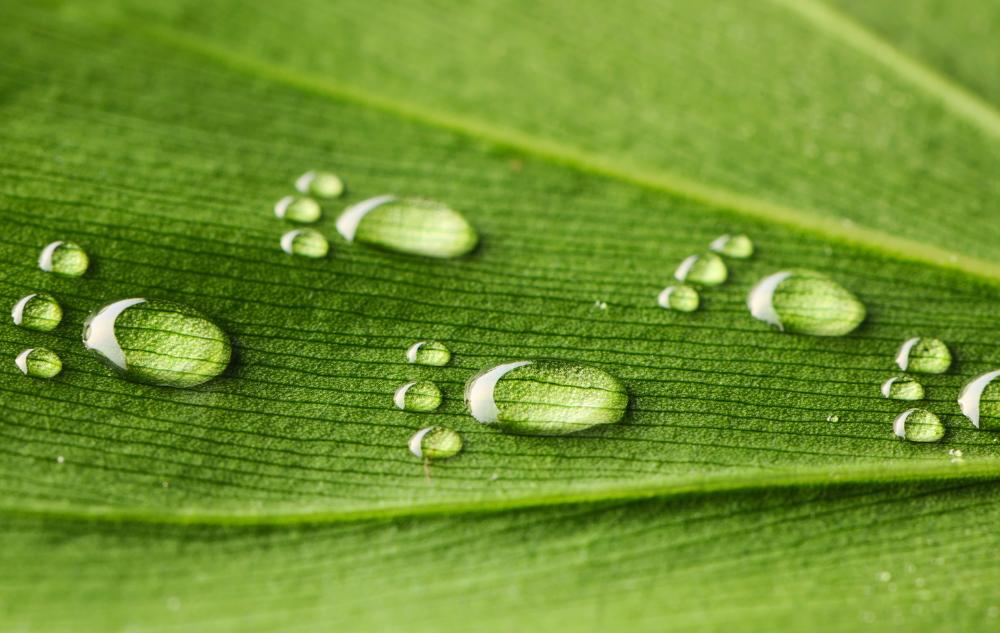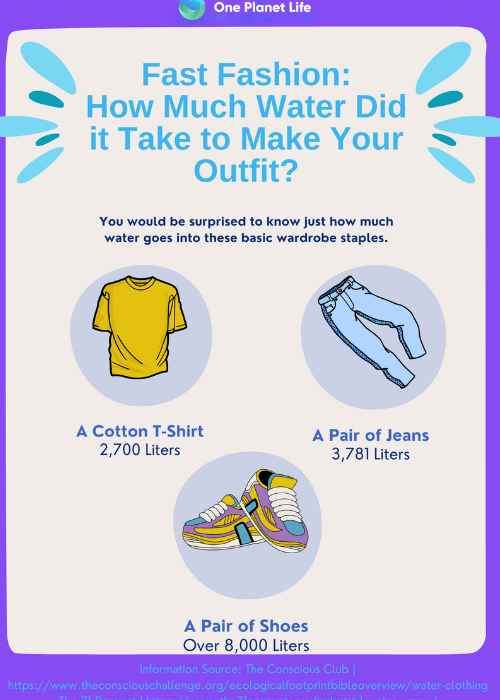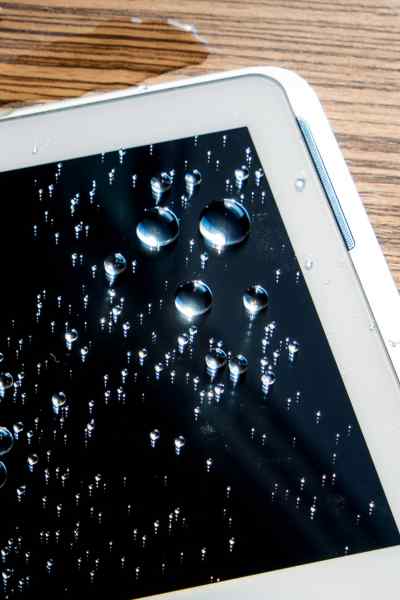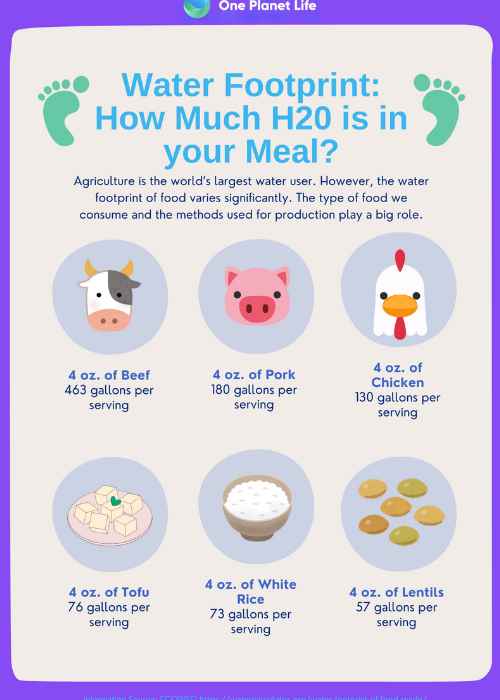Discover the Hidden Water Footprint in Everyday Products and Reduce Your Water Footprint Through Smarter Consumer Choices
Water is a precious resource, yet its presence often goes unnoticed in the everyday items we consume. While we readily associate water usage with activities like showering or watering the lawn, a significant portion of our daily water footprint is hidden within the supply chains of the items we use and consume.
A hidden water footprint lurks behind every product, from the clothes we wear to the food on our plates. Understanding this hidden cost is crucial for making informed choices and becoming a more water-conscious consumer.
What is a Water Footprint?
Think of your water footprint as the total freshwater used throughout a product’s lifecycle. This encompasses the water used to grow raw materials, manufacture a product, and transport it to your doorstep. It’s a metric that goes beyond the water we use directly for showering, washing dishes, or watering the lawn.
A product’s water footprint can be surprisingly high. For instance, a single cotton T-shirt requires over 700 gallons of water to produce, from growing the cotton to dyeing and finishing the fabric.
The manufacturing processes behind seemingly ordinary products can have a surprisingly significant impact on global water resources. Let’s explore some everyday products and the hidden water footprints lurking beneath their surface.
Fashion’s Thirst for Water
The fashion industry might not be the first culprit that comes to mind when considering water consumption, but it’s a major contributor. Cotton production can be particularly water-intensive. It takes 10,000 liters of water to produce one kilogram of cotton, according to The World Counts. Global cotton production requires over 250 billion tons of water annually.
Irrigation is required to grow this popular fabric, often in regions already struggling with water scarcity. In 1960, the Aral Sea was one of the world’s largest lakes, but it has shrunk beyond recognition due to unsustainable cotton cultivation.
The United Nations Development Programme (UNDP) considers what happened in this Central Asian region “the most staggering disaster of the twentieth century,” noting:
“The 3.5 million people who live in the region have seen their health, jobs and living conditions literally go down the drain. The once thriving fishing and canning industry has evaporated, replaced by anemia, high infant and maternal mortality, and debilitating respiratory and intestinal ailments.”
Synthetic fibers might seem like a more sustainable option, but their production process is far from water-friendly.
More than half the world’s garments are made from synthetic fibers, a 2024 study from Water Resources Management for Rural Development notes. Manufacturing these materials often involves complex, energy-intensive processes with high water demands. Synthetic clothing sheds tiny plastic fibers during washing, which end up in waterways and oceans.
Don’t fret! There are some fabrics gaining traction in the market that require less water than cotton for cultivation and are generally considered more eco-friendly:
- Linen: Derived from the flax plant, linen requires significantly less water than cotton. Linen thrives in moderate climates with some rainfall and doesn’t require excessive irrigation. It’s also known for its durability and natural breathability.
- Hemp: Another fast-growing and water-efficient crop, hemp requires minimal water and thrives in various climates. Hemp cultivation can even improve soil quality. The resulting fabric is strong, durable, and naturally resistant to pests.
- Tencel (Lyocell): This semi-synthetic fiber is derived from wood pulp, but the production process is a closed-loop system that minimizes water usage and reduces environmental impact. Tencel is known for its soft, breathable qualities and biodegradability.
The Hidden Water Cost of Electronics
The sophisticated devices we rely on every day come at a hidden water cost. The intricate manufacturing process for electronics requires a surprising amount of water. From the delicate chip fabrication stage to cooling the machinery and cleaning components, water plays a crucial role throughout production.
The water impact of electronics extends beyond the factory floor. Mining the raw materials used in electronics, such as rare earth elements and precious metals, can also strain water resources in those regions. These mining operations often require large amounts of water for extraction processes, potentially impacting local water availability and quality.
The growing demand for electronics and the increasing complexity of their components highlight the need for sustainable practices throughout the supply chain. As consumers, we can also play a role by extending the lifespan of our devices, opting for eco-friendly designs, and properly recycling electronics at their end-of-life.
Food: A Major Consumer of Water
It’s no surprise that agriculture is the world’s largest water user. However, the water footprint of food varies significantly. The type of food we consume and the methods used for production play a big role.
Livestock farming generally has a much higher water footprint compared to plant-based options. The Water Footprint Network found that producing six ounces of beef requires 674 gallons of water. This significant water usage is attributed to factors like raising feed crops, watering animals, and maintaining hygiene standards in factory farms.
Plant-based proteins like lentils and beans boast a much lower water footprint. Opting for plant-based meals more frequently, reducing overall meat consumption, and choosing sustainably produced options can all contribute to a more water-sustainable food system. Eating more plant-forward meals benefits our planet’s precious water resources and also promotes healthy dietary habits.
Paper Products: The Importance of Recycling
The familiar paper products we use daily, like tissues and toilet paper, also rely heavily on water for their production. The process of pulping wood fibers and bleaching them to achieve their final form requires significant water usage.
Thankfully, recycled paper products offer a more water-friendly alternative. By choosing recycled paper products whenever possible, we can help reduce the overall water footprint associated with paper production.
The Ripple Effect of Our Choices
The water embedded in everyday products represents a significant portion of our overall water footprint. By making conscious choices about what we buy and consume, we can collectively reduce the water demands placed on our planet.
- Embrace sustainable fashion: Opt for clothing made from recycled materials or natural fibers like linen or hemp. Look for certifications like GOTS (Global Organic Textile Standard) or bluesign that promote responsible production practices.
- Invest in quality electronics: Choose durable electronics that will last longer, reducing the need for frequent replacements. Consider purchasing refurbished electronics or extending the lifespan of your existing devices by taking proper care of them.
- Reduce meat consumption: Meat production requires significantly more water compared to plant-based proteins. Explore the “Recipes” section of the One Planet Life website for fresh takes on vegetarian and vegan meals.
- Buy local and seasonal: Locally produced food generally travels shorter distances, reducing the water footprint associated with transportation. Seasonal produce typically requires less water for irrigation compared to out-of-season options.
- Embrace reusable alternatives: Reduce dependence on single-use items like plastic water bottles and paper towels. Invest in a reusable water bottle and cloth napkins to significantly reduce your water footprint.
Water is a finite resource essential for life and a healthy planet. By understanding the hidden water footprint of everyday products, we can become empowered consumers. Making informed choices, prioritizing sustainable options, and reducing overall consumption all contribute to a more water-conscious lifestyle.
Interested in learning more about the impact water has in our ecosystem & communities? Check out some of our other posts:
- We Should Never Take Water for Granted. Especially Now.
- Breakthrough Technologies Give Hope for Cleaner Oceans and Waterways
- Water Accessibility by World Region
- Municipal Water Systems Real-World Solutions to the Plastic Pollution Crisis
- Let’s Love, Protect, and Share Our Water
- Aquatic Macroinvertebrates are Signallers of Water Quality

Written by Carley Kimball
Freelance Journalist and OPL Content Contributor
“I’ve always tried to implement planet-friendly practices in my life but didn’t quite realize just how much of an impact individuals can make until I was introduced to One Planet Life. I’m so excited to be able to utilize my professional skills to contribute valuable information and positive personal experiences to help make the world a better place.”














